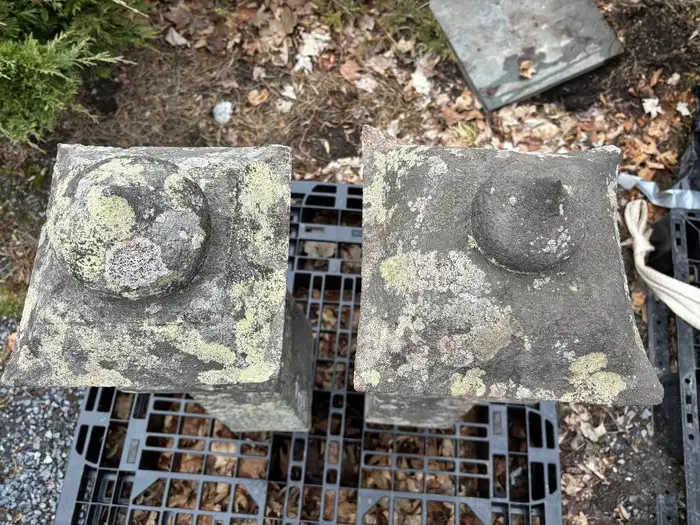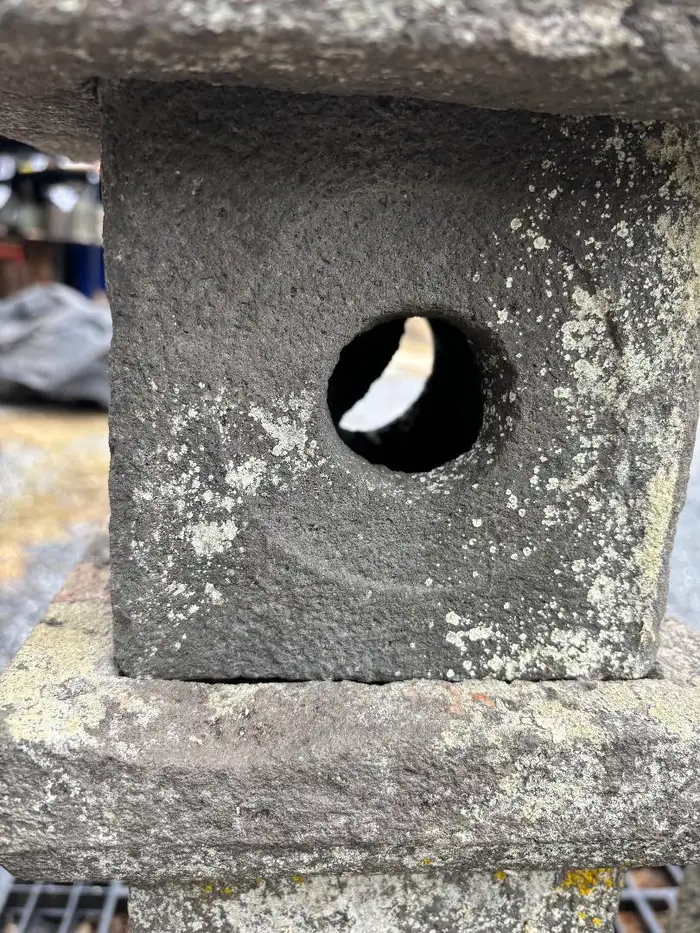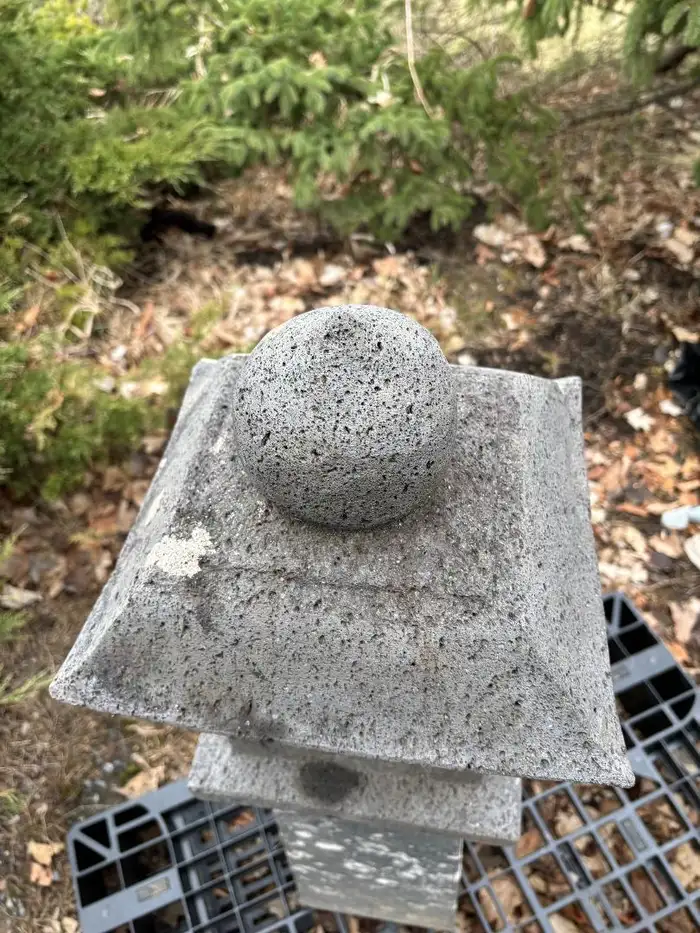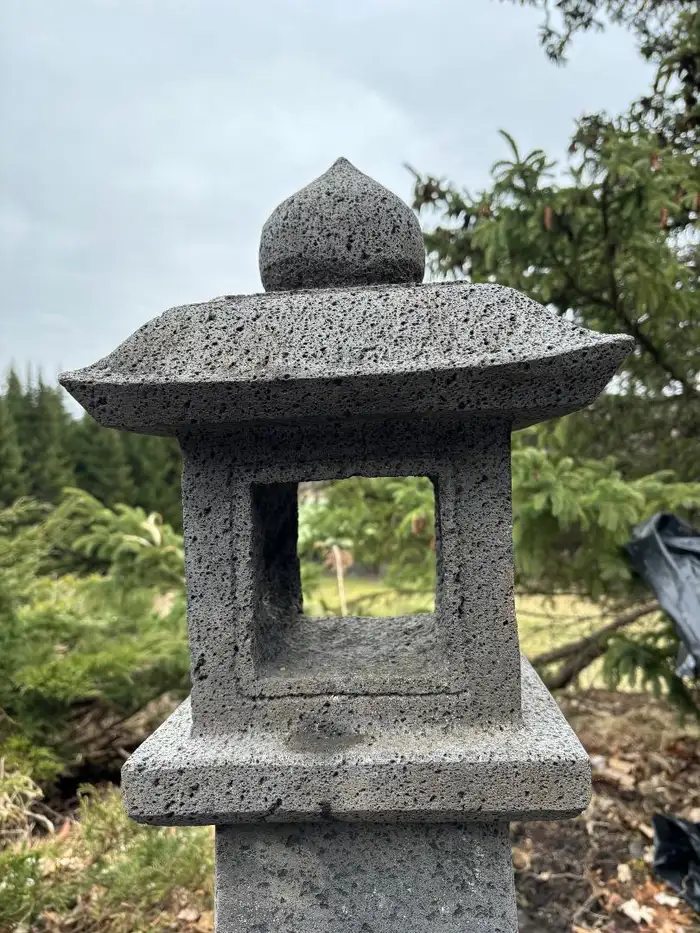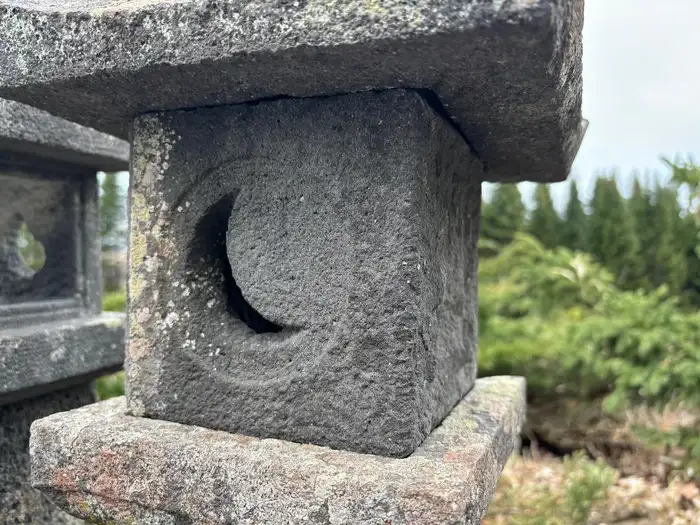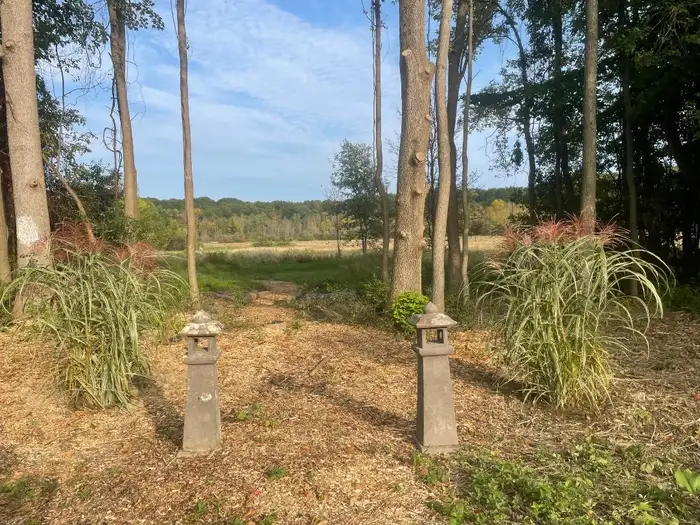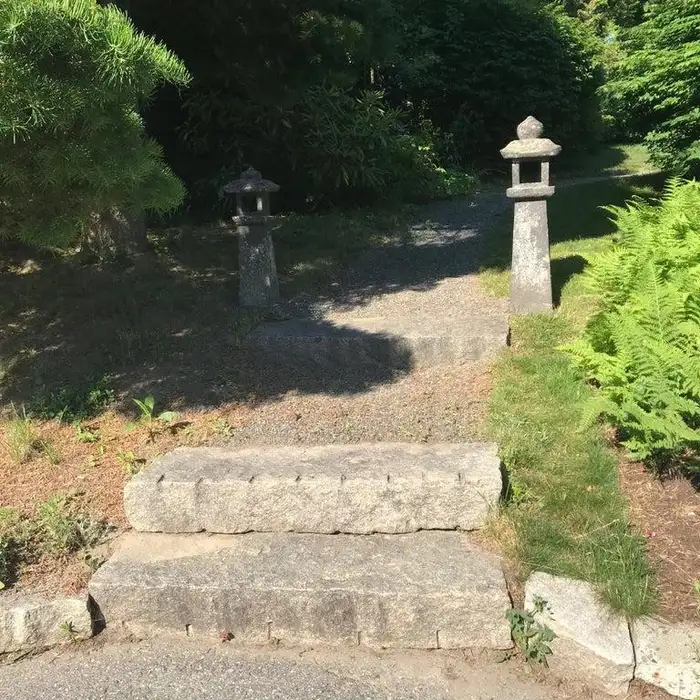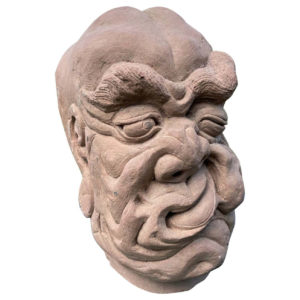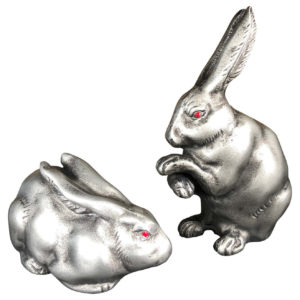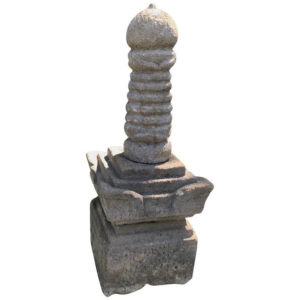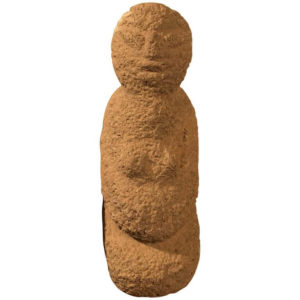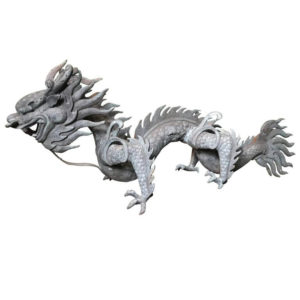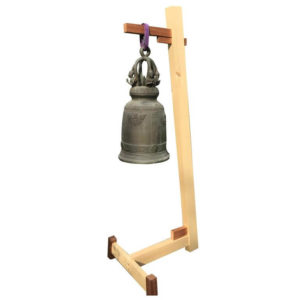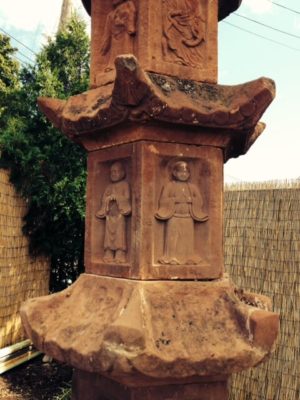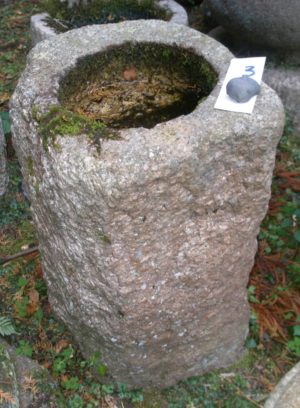Japanese Pair Fine Tall Antique Stone Sun And Moon Pathway Lanterns, 34 inches high
$6,800.00
Sold Out
Lifetime GuaranteeEmail to a friend
Our last pair (2) Pathway lanterns
Wouldn’t these antique garden stone lanterns look perfect for your garden entry or pathway, pool, patio, or deck ?
Attractive antique petite stone lanterns in a Japanese Arts & Crafts style
Japan, a fine pair (2) of pathway stone lanterns with original patina from age
They work especially well at night with an LED candle.
Install them as pathway, deck, or even pool lights, or as handsome entry or exit walkway lighting.
Good original condition.
Dimensions: 34 inches tall and 11 inches diameter, two pieces and three pieces
Period: Early 20th century
Quality: fine condition with good details and carved from a medium solid gray hued stone
The well proportioned carved stone lantern fashioned with a classic “minka” house style top portion and, square cut crane leg pole.
Provenance: acquired from a central Japanese antique garden lantern collection.
Stone lanterns, Ishidoro were introduced to Japan via Korea and China in the 6th century AD. They were used initially in temples and later shrines as votive lights. About the 16th century stone lanterns were adopted for secular purposes and designed and placed in the gardens of tea houses and private residences made famous by tea master Sen Rikkyu (1522-1592).
Many of our customers place LED candles inside the main section making a romantic and enjoyable decorative accent for entertaining friends and family. It’s a perfect choice for your indoor or outdoor garden space.
Lifetime guarantee of authenticity: All of our Asian works of art come with our lifetime authenticity guarantee.
We have been dealing in fine authentic Japanese art and antiques including screens, garden ornaments, lanterns and water basins for many years. Our president personally travels to Japan each year to meet his network partners who assist him in finding best examples. He personally inspects each antique to ensure its old age, authenticity, and quality condition.
About Japanese stone lanterns:
Japan’s stone lantern tradition is a concept that was imported from India and has existed in Japanese temples and gardens since the 7th century.
Japan’s lantern tradition was originally conceived as entrance lighting and guardians to temples and pagodas and when lit served as an offering to Buddha. Some of the earliest stone lanterns were carved with Buddhist images on the firebox and usually had compartments for an oil lamp or candle. Later on, they became more secular in nature, and their use evolved as functional and decorative elements in traditional Japanese tea gardens where they served as a spiritual source of light for evening tea ceremonies. Often carved from granite stone, today’s vintage survivors serve as fashionable aesthetic elements in modern day Japanese and Asian inspired gardens. Today, during festivals and ceremonies, rice paper is often cut to fit stone lantern windows to increase reflection of candles placed inside them. Soon these paper lenses disappear and for one special evening and event, the glow is surreal.
There are four main categories of antique Japanese stone lanterns. Tachi-gata are pedestal lanterns such as the famous Kasuga Zodiac lanterns, ikekome-gata are the so-called buried lanterns, oki-gata are small often portable lanterns, and yukimi-gata are renown as “water reflection” lanterns. This latter Yukimi style version perhaps Japan’s most Popular Style, is often mislabeled by westerners as “snow viewing” lantern- thought to accumulate a stack of snow during winter time in America’s northern areas.
Names for specific lantern styles often originate from nearby landmarks or natural functions. The Kasuga lantern is fashioned after the ancient lanterns found in Shino shrines of Nara, Japan and some date back to 700 AD. Kasugas typically have a cylindrical column in the form of a bird (crane’s) leg according to some authorities, surmounted by a small ring. Above this is the firebox, generally hexagonal in shape, which is topped with a lotus flower rooftop. Kasuga lanterns are frequently seen at entrances to Japanese tea gardens and as a focal point to modern day gardens. Water reflection or snow viewing lanterns Yukimi-doro are squat and broad roofed and date back to the early Edo period (16th century) and are probably so named because of the attractive capture of snowfall on their broad roof. They comprise a roof, firebox, and base components of various styles. Oki-gata, small portable lanterns are among the rarest of all because few were created and fewer still survived the ravages of time.
Sukiya Living magazine, a very good publication for authentic Japanese Sukiya living style, explains the names and positioning of the usually six different sections of a large stone pedestal-style lantern, all carved carefully for balance and transportation ease. These include: Hoh-ju , jewel like flower bud finial.,Kasa, roof., Hibukuro, light box. Nakadai, platform. and Sao, cranes leg shaft. Kiso, base stone.
Item Details
- Dimensions: N/A
Related Art
(802) 279-7601
(802) 279-7601
(802) 279-7601
(802) 279-7601
(802) 279-7601
(802) 279-7601
(802) 279-7601
(802) 279-7601
(802) 279-7601
(802) 279-7601
(802) 279-7601
(802) 279-7601
(802) 279-7601
(802) 279-7601
(802) 279-7601
(802) 279-7601
(802) 279-7601
(802) 279-7601
(802) 279-7601
(802) 279-7601
(802) 279-7601
(802) 279-7601
(802) 279-7601





